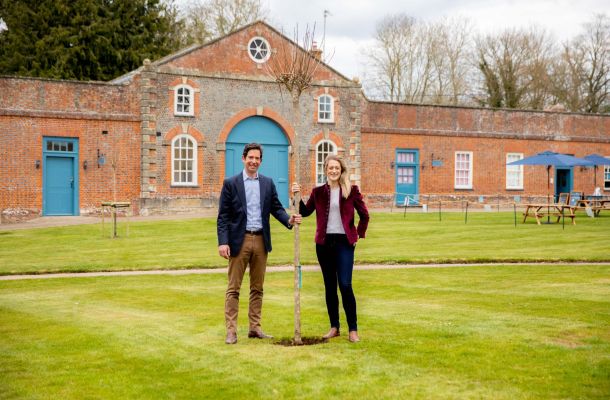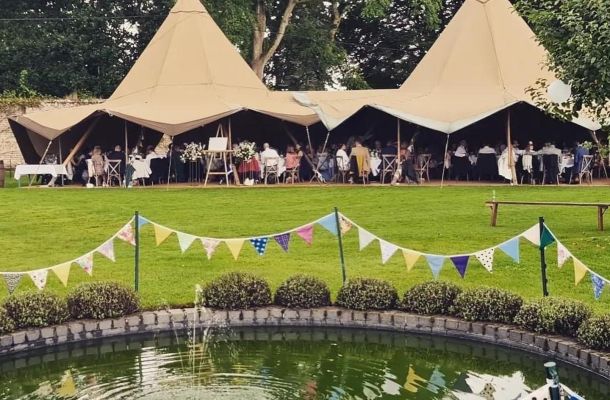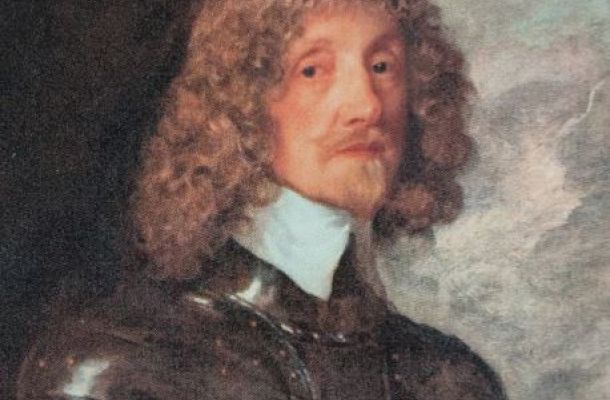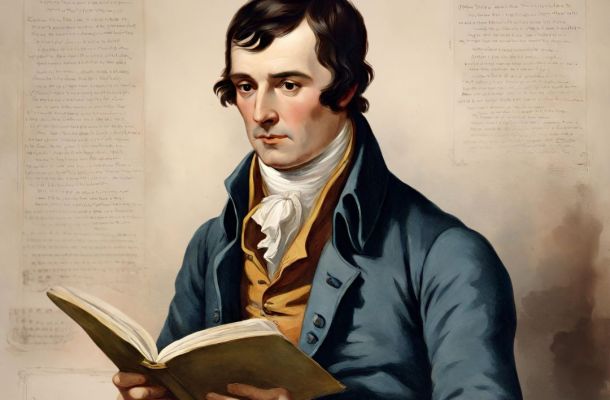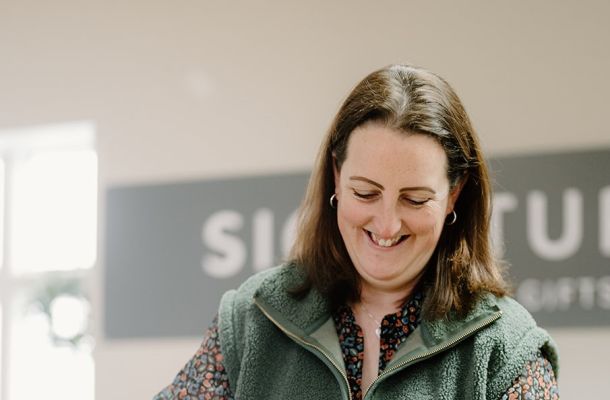Florence Nightingale’s Crimean Carriage
Florence Nightingale’s Crimean Carriage
Uncovering the history of “Florrie’s Lorry”
Did you know that you can view the carriage which Florence Nightingale used during the Crimean War right here in Claydon Courtyard?
We take a look at Florence’s connection with Claydon Estate and delve into the story of Florence’s Crimean Carriage…
Florence Nightingale made significant contributions to healthcare and revolutionised nursing during the 19th Century. Her impact on society is still very much remembered and celebrated.
Florence Nightingale had a strong connection with Claydon Estate as her sister, Parnethope was married to Sir Harry Verney, who inherited Claydon Estate in 1827.
However, it was alleged that Sir Harry Verney first proposed to Florence Nightingale, who refused his offer of marriage – her dedication lay instead to nursing.
It was after this proposal that Florence introduced Sir Harry to her sister Parthenope, whom he later married, so Florence became ‘Aunty Flo’.
Florence spent significant periods of time at Claydon House, which lies within Claydon Estate.
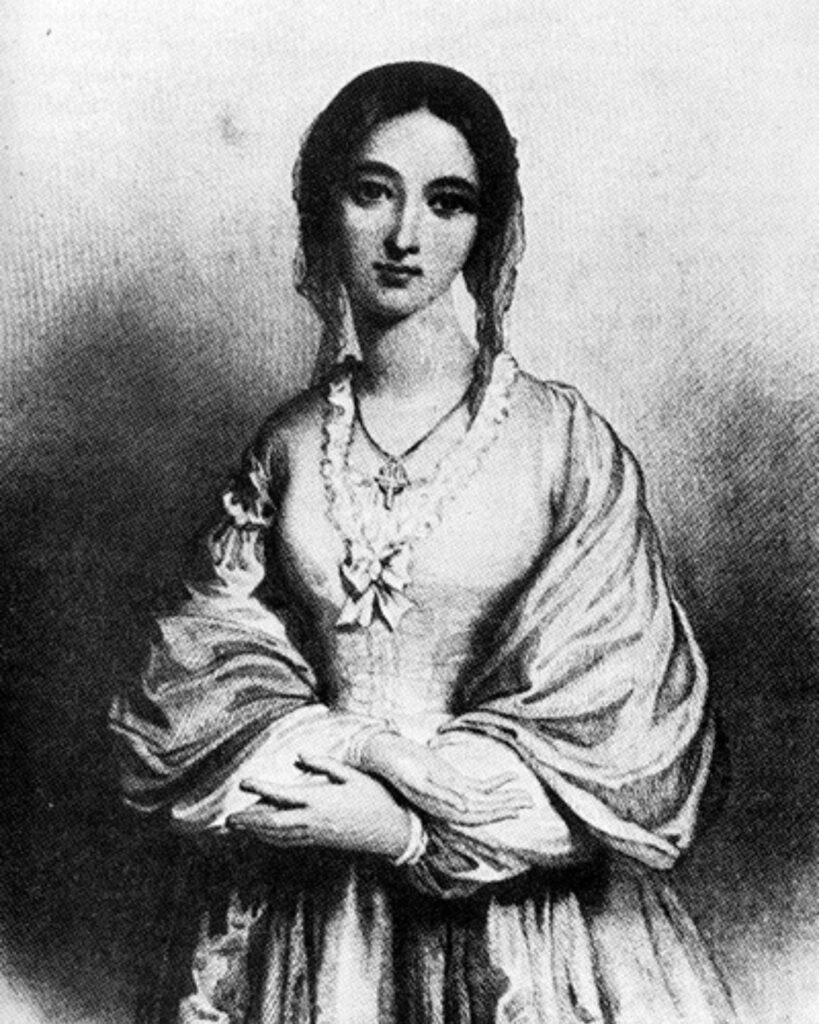
Florence Nightingale
Florence spent nearly two years in the Crimean War nursing the wounded. The carriage that she used during this time is on permanent display at Claydon Courtyard.
It was in late 1854 that Florence Nightingale received a letter from the Secretary of War, Sidney Herbert, asking her to organise a group of nurses to tend to the sick and fallen soldiers in the Crimea. Florence and Sidney Herbert were acquaintances, having met in Italy in 1848. Nightingale quickly assembled a team, and on 21st October 1854 left London along with a group of 34 nurses. They arrived at a military hospital in Scutari, Turkey, on the 3rd November.
The conditions were dire, and hospitals lacked basic equipment and provisions. At first, the male army doctors didn’t want Florence’s help, but after being inundated with casualties, and seeing the death rate increasing, it was not long before the doctors soon accepted help.
Florence would travel on horseback to far-flung field hospitals to inspect them. She re-organised the hospitals and took charge of procurement, hygiene, and nutrition with an emphasis on cleanliness and professional care. Death rates declined and Nightingale was hailed as an “angel.”
The exertion of travelling to these hospitals soon took its toll on Florence’s health. So that Florence could continue her work, she was provided with a mule cart. However, the cart overturned one night, and she narrowly escaped with serious injury.
Colonel William McMurdo of the Land Transport Corps presented her instead with the sturdiest vehicle it could, an unlovely but solid Russian-built carriage, with waterproof hood and curtains. This “Crimean Carriage” would also serve as an ambulance.
In 1855, a picture of Florence inside the carriage was published in the London Illustrated News, and the carriage soon became famous. Models of the carriage were made and purchased by her many admirers.
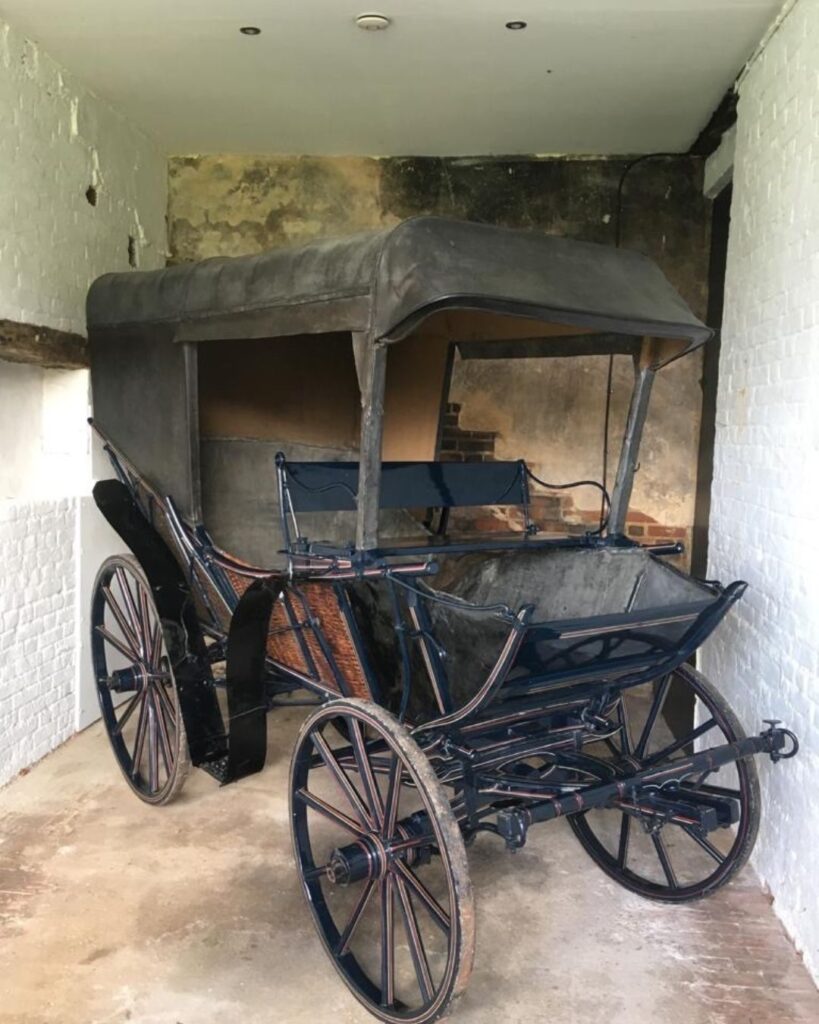
Florence Nightingale’s carriage can be viewed in Claydon Courtyard, Claydon Estate.
After nearly two years overseas, Florence returned to England. She was a heroine and her carriage had become an icon.
The carriage was shipped to England after the war and was later given to the Nightingale Training School at St Thomas’ Hospital in London, where it was given the nickname “Florrie’s Lorry” by student nurses. It was damaged during the blitz but was lovingly restored and is now on permanent display in Claydon Courtyard.
Florence spent the rest of her life pushing for reforms in nursing and hospital design, writing books, and corresponding on public health. She was a frequent visitor to Claydon as Sir Harry Verney MP was a keen supporter of Florence’s work, not only because she was his sister-in-law, but also because he shared her concerns.
Sir Harry’s own long-standing philanthropic work was well known, and although his activities in Parliament for Florence’s causes earned him the nickname “the Member for Florence Nightingale”, it was very much a two-way relationship as she also supported his causes.
Florence was a respected and well-loved member of the Verney family. She would stay at Claydon House for weeks or months at a time, but, due to poor health, she usually remained in her own rooms, seeing people only by appointment. Florence enjoyed staying in the “Blue Room” when she came to stay, as its “Great western sky…is such a healer to me”.
Today, visitors can explore Claydon Courtyard and view Florence Nightingale’s carriage during opening hours. Please view the website for current opening times www.claydonestate.co.uk
Claydon Courtyard is also home to the Phoenix Kitchen, several independent businesses, a spa and a hair salon.
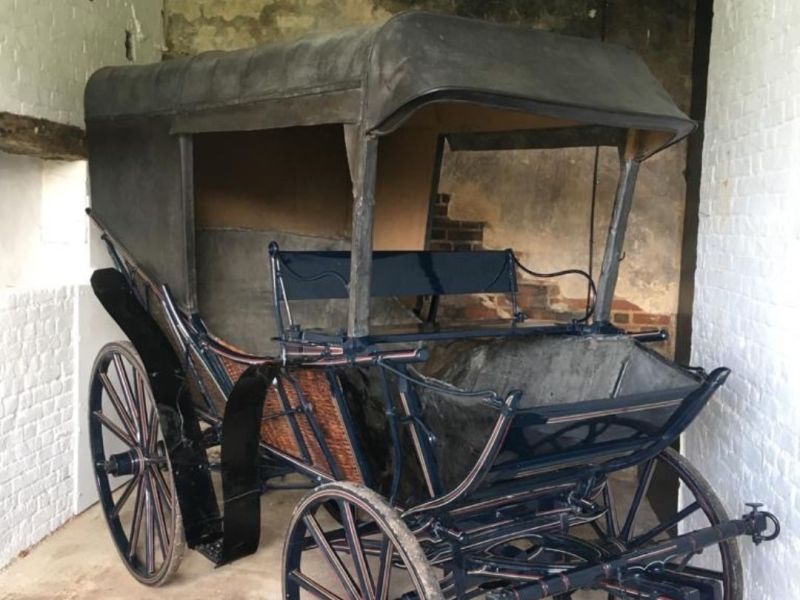
Popular Posts
Get in Touch
The Claydon Estate
Estate Office, Middle Claydon, Buckinghamshire
MK18 2EX
- Phone
- Email
Opening Hours
Claydon Courtyard and Phoenix Kitchen are open daily, between 10am-5pm.
We recommend you check with individual Courtyard businesses and the National Trust Claydon House for their opening times.
